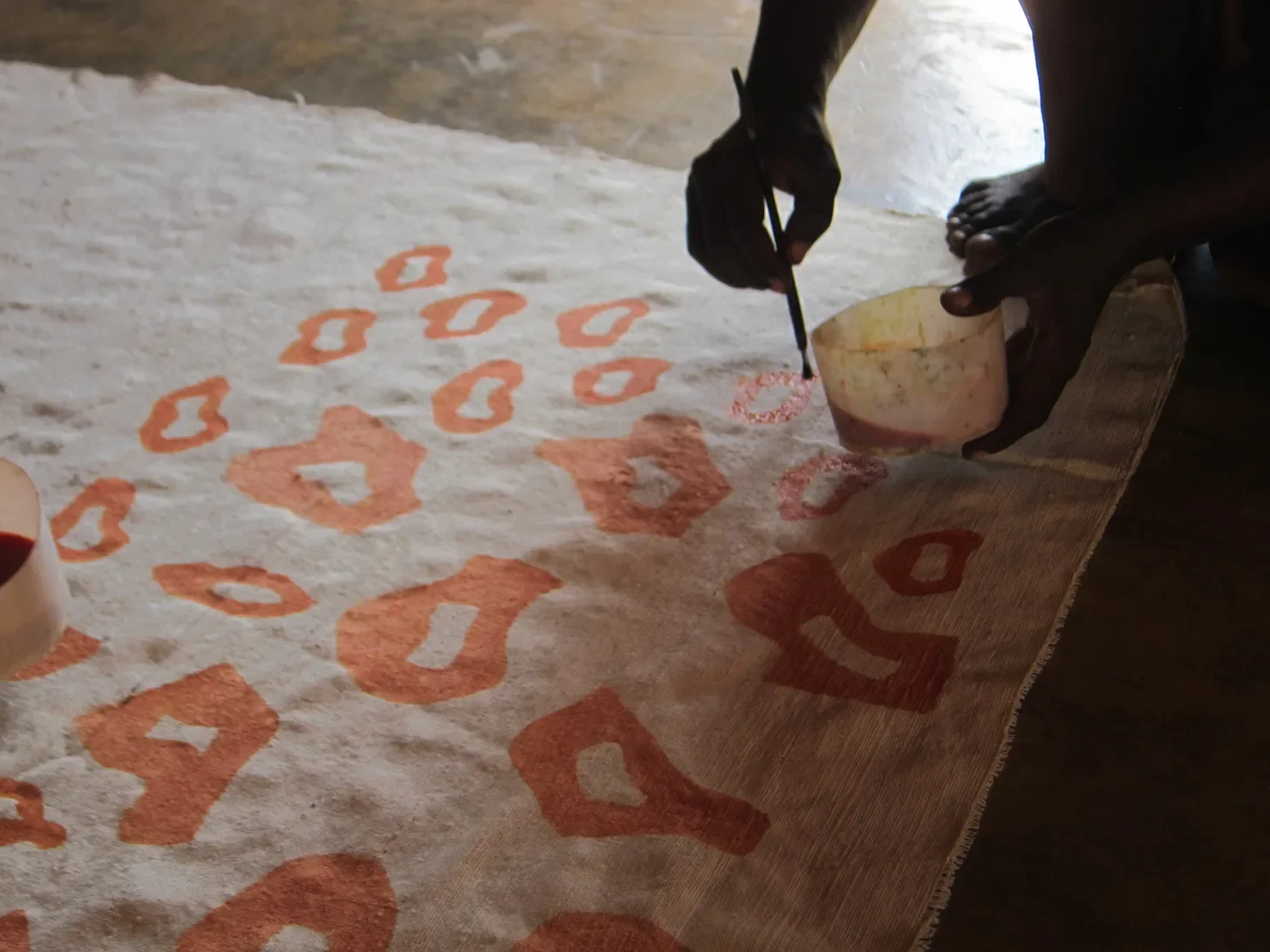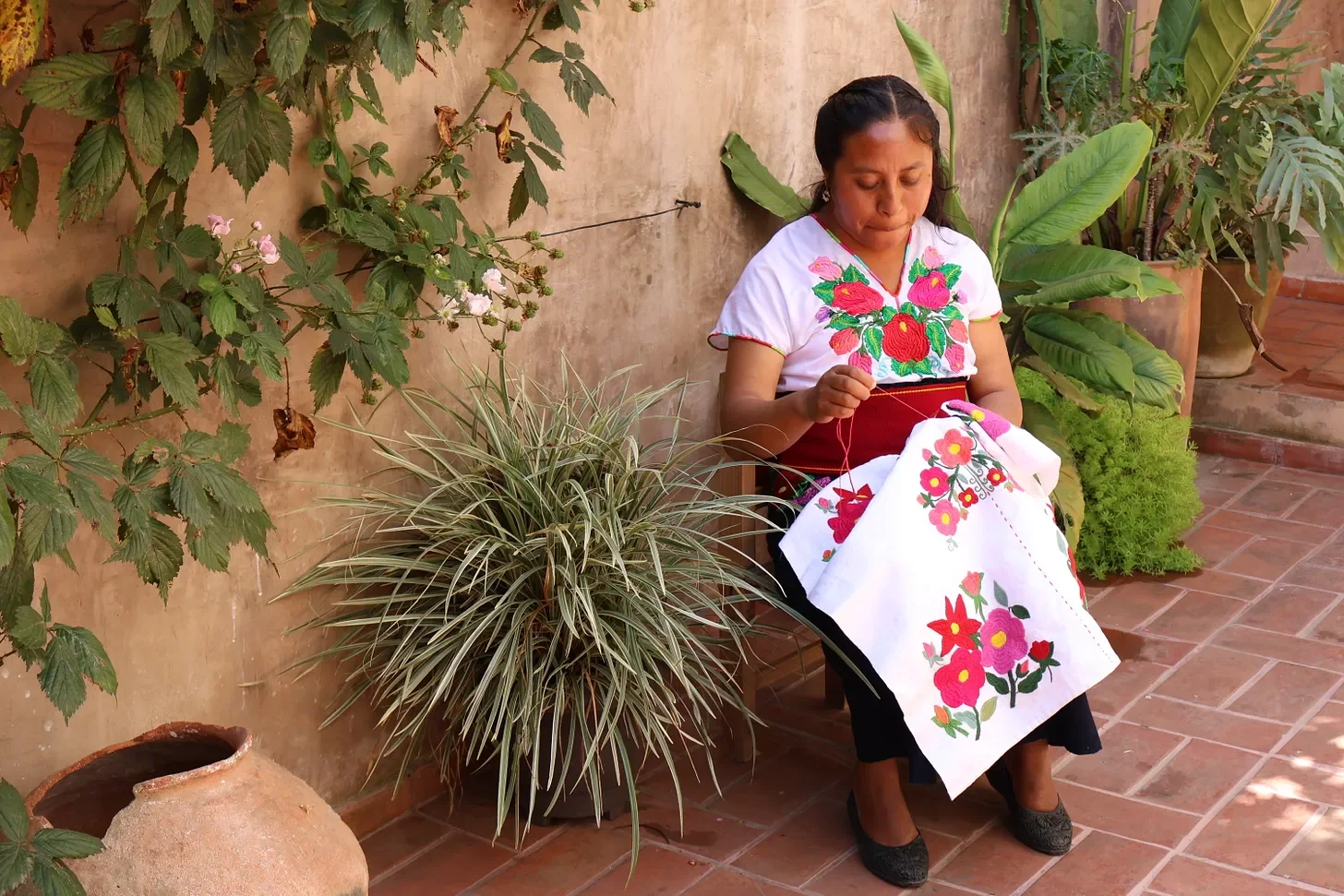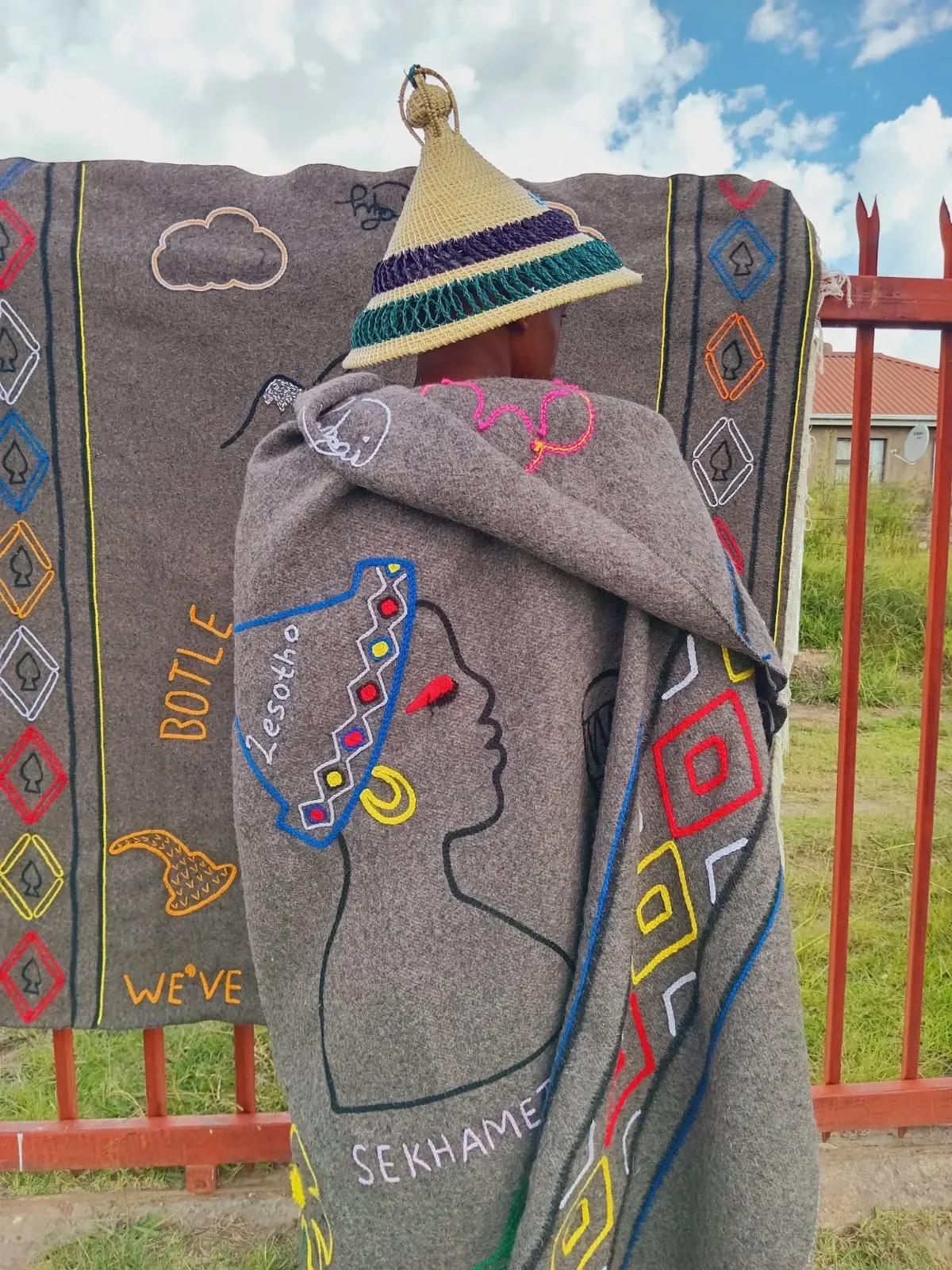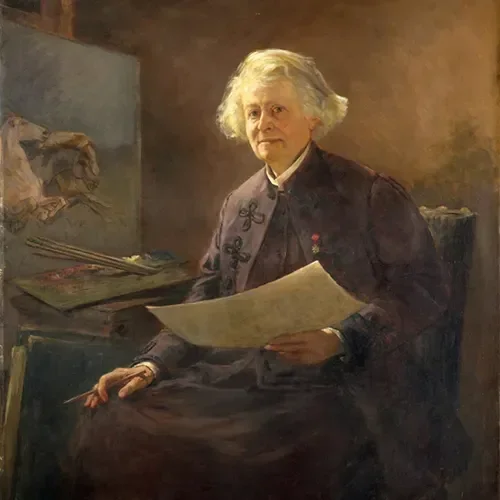Creating Passive Income for Artists Everywhere
Passive Income in the Creative Economy
At Proud Mary, we believe that true wealth is built when your income no longer depends solely on your time. It’s created when artisans are given the opportunity to earn passive income from authenticated reproductions of their work.
In the same way that Salvador Dali earned more from royalties than from his original works - or in the way that NFT era artists have been able to snowball creativity into ridiculous returns - how can artisans also create transformational wealth? How can weavers, embroiderers, ceramicists with such creative talent get out of the traditional cycle of mass production resulting in merely minimum wage compensation?
“In short, how can artisans achieve the same financial success as some of the world’s most respected artists?”
Of course, the first obvious yet often overlooked step is to recognize that artisans are very much artists. And for those of us who’ve worked with artisans and seen the creative talent and vision that goes into their pieces, we’ve long appreciated their work as art. But for most consumers, it’s a paradigm shift. And a necessary one at that. Yet how much more powerful is it to be a collector rather than simply a consumer?
Particularly as we enter a new era in global trade in which the shipment of handmade goods in mass quantities may go anywhere from subsiding to being halted in very noticeable ways, we believe that it’s high time to return to what we appreciate in a single woven tapestry, a single piece of embroidery, or a single handcrafted piece of metal work? What do we appreciate about craft’s singular essence? We believe that essence is art.
And when we recognize that artisans are artists, we open up a new world of financial opportunity - one in which passive, recurring income through royalties becomes a possibility.
In launching Proud Mary, we’re certainly inspired by the proliferation of online platforms that have democratized artists’ opportunities to create passive income through authenticated reproductions - whether that be through fine wall art prints, or stationery or screen-printed home decor.
But what we didn’t see were any platforms that opened up that financial opportunity to all artists. Whether that be an embroidery artist in Lesotho or a weaving artist in Chiapas. We didn’t see a forum for artists everywhere, regardless of craft medium, language, or digital connectivity.
And that’s what we’re striving to build.
As we’re working with artists around the world to generate their first sources of passive income, we also became fascinated with who were the first fine artists to generate royalties-based income for the proliferation of their craft?
The resulting history lesson was fascinating.
The first assertion by an artist of their reproduction rights was undertaken in 1506 when German painter Albrecht Dürer protested against unauthorized prints being sold with his monogram. He sued a printer named Marcoantonio Raimondi in a Venetian court. While Raimondi was forced to remove the monogram, he was still permitted to sell reproductions without giving any compensation to Dürer. But the concept of intellectual property in the arts was established.
It wasn’t until over two centuries later, in 1735, when William Hogarth lobbied the UK Parliament to pass the Engravers’ Copyright Act, or the Hogarth’s Act, which gave artists and engravers legal protection over their works for 14 years - an early form of royalties. While this offered protections, it didn’t offer royalties as we know them today.
And this is where our edification got really interesting.
The first true royalties in fine art were pioneered by the female artist Rosa Bonheur in the early 1800s. Bonheur came from humble beginnings - and from a family that didn’t want to encourage her pursuit of art. Yet she defied gender norms - both as a painter who was looking to make a livelihood off of her work and also for her subjects. Bonheur became an acclaimed painter of animals, in particular horses. She dressed in disguise as a man to go to horse shows to create what would be some of her most famous works, in particular The Horse Fair (on display at The Met today.)
Bonheur was also the first artist to sell reproduction rights of her large-scale paintings. She worked with the art dealer Ernest Gambart, who would pay Bonheur both a lump sum payment for the rights to reproduce her paintings through lithograph and then a royalties payment on top of that.
While the exact royalties structure is not clear, what is known is that her commercial success allowed her to achieve complete financial independence without ever having married - a true feat for a woman of the 19th century. Not only that - but she purchased an estate outside of Paris, Château de By, where she lived and painted surrounded by animals. Her creative subjects including stables filled with common farm animals - but also exotic circus animals like lions and tigers.
Today Château de By is the Château Rosa Bonheur, a functioning museum open to the public in Thommery, France.
As women creative entrepreneurs, her story is remarkable. And as women who’ve spent many years working with trailblazing female artisans and artists, it is so befitting that it was in fact a woman who pioneered the royalties model as we know it today - and the royalties model of creative passive income for artists and artisans everywhere that we’re growing at Proud Mary.



